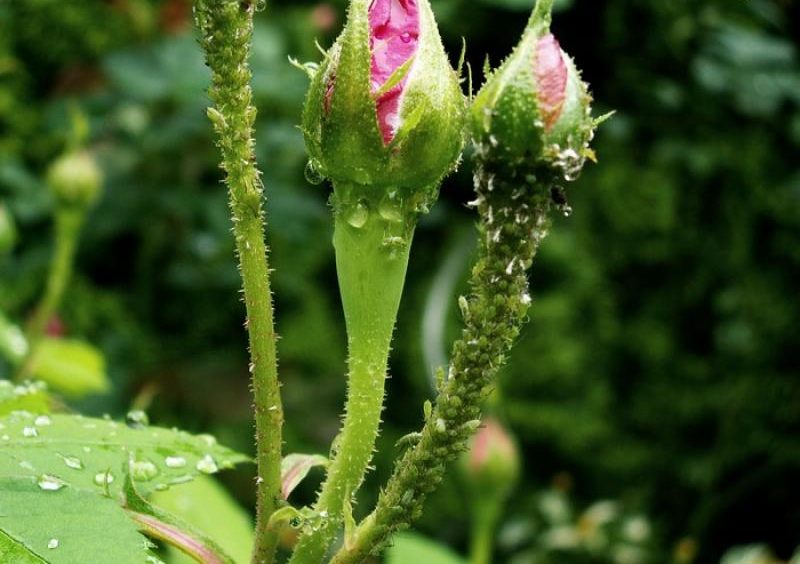
Nothing pleases a flower gardener like beautiful and healthy plants. But, unfortunately, they, like other vegetation in the garden and in the garden, are susceptible to various pests and diseases. Colonies of green aphids often inhabit flower culture. A large number of insects leads not only to the loss of a normal healthy appearance of roses, but also to complete withering. In order not to poison plants with chemistry, treatment with folk remedies will allow getting rid of pests.
Content
The appearance of green aphids on roses
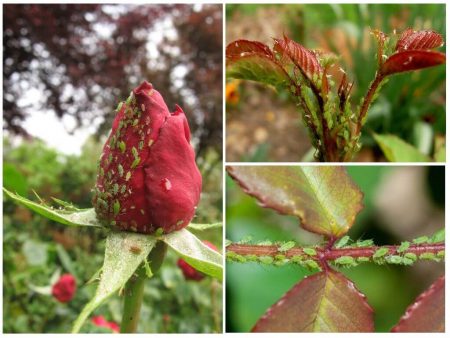
Green aphids appear on roses in late May, early June. Its body is rounded in shape, the length does not exceed 1-2 millimeters. The chitinous cover is painted in a light green color, so it is very difficult to notice the parasite on the plant. The pest eats juice from buds and young leaves. Numerous aphid settlements lead to a complete withering of flower culture.
Aphids appear for three main reasons:
- The ecosystem in the country is deteriorating from non-compliance with the basic rules of agricultural technology. These include: untimely removal of weeds, non-compliance with the regime of irrigation and fertilizers, which lead to a general weakening of plants.
- Active biological environment in the garden. This means that on the site there are a large number of insects that eat aphids or its dark sticky substance, which it produces in the process of its life. Such predatory insects include: ants, lacewings, ground beetles, ladybugs.
Ants specially introduce aphids to their summer cottage so that they feed on the sap of plants, and they, in turn, nourish them with a sticky substance.
- Pest prevention is poorly or not at all.
Signs of aphids on roses
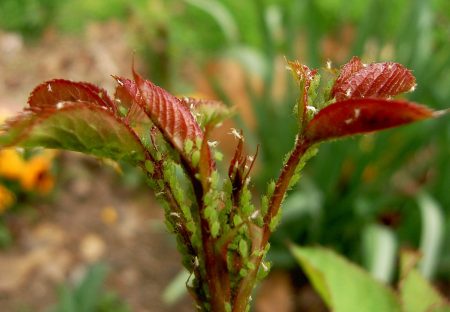
It is quite difficult to notice an insect on flowers right away; their color allows them to camouflage themselves well against the background of green stems and leaves. The first signs of settlement begin to appear when pests begin to feed on rose juice. First of all, the aphid affects the juicy young leaves. You can notice this by the following signs:
- the sheet plate begins to lose its structure and dry out;
- the leaves curl and lose their saturated green color a little;
- sticky shiny silver or dark plaque begins to appear on leaf plates and buds;
- Aphid colonies settle on the bottom of the leaves so that they are not wet by the rain, and they are less visible.
Destruction of aphids by folk remedies
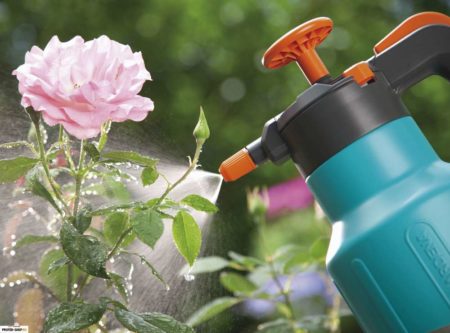
In order not to harm the roses and insects that pollinate them, it is recommended to use folk remedies. They are no less effective than chemical treatments. To spray flower crops, use:
Liquid soap and dishwashing detergent solution
Pour water into a bucket, add 10 milliliters of dishwashing liquid or liquid soap. The resulting solution can be used for spraying and wiping with a sponge. If there are more than three rose bushes on the site, then it is better to use a sprayer, and if there are several plants, then they can be processed manually.
Manual processing algorithm: take a sponge, moisten it in soapy water, wipe each leaf liberally on both sides. Pay particular attention to the bottom of the leaf and the buds.You can use it at least every day, until you completely get rid of parasites.
Tobacco-based decoction
Pour a liter of water into a two-liter pan, bring to a boil, pour a glass of tobacco dust, stir. Boil the resulting mixture for one hour over low heat. If the water will evaporate, then it must be added to its original state. After boiling, infuse the broth for 24 hours in a dark place. Then, strain the tobacco infusion through cheesecloth. And before use, dilute the broth with 2 liters of water and add 5 grams of liquid soap. Pour the solution into a spray bottle and spray the roses. The frequency of treatment is one week.
Pollination with a mixture of tobacco dust and wood ash
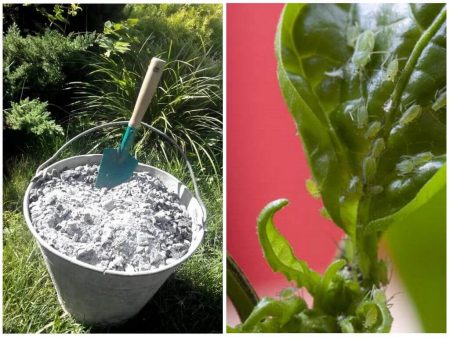
Take in equal proportions tobacco dust and powdered wood ash, mix until the components are evenly combined.
Application: put on rubber gloves, pour a small amount of the obtained dry mixture into your palm, sprinkle with powder the plant, as well as the soil around the bushes. On 2-3 bushes it is necessary to use a glass of ash-tobacco mixture.
Ammonia solution
To prepare, you need to take: 50 milliliters of ammonia, 10 liters of water and 20 grams of liquid soap. Mix all components until a homogeneous consistency is obtained. Then, pour the solution into a spray bottle or sprayer and actually process all the green mass and buds. You need to spray it once a week until the insects completely die.
Garlic infusion
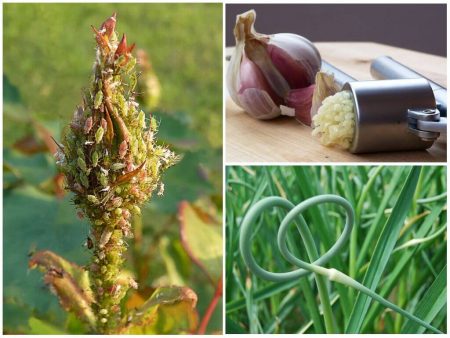
The infusion is prepared on the basis of 10 liters of warm water and 2 heads of garlic. Grind the vegetable cloves, place in a bucket of water. Leave to infuse for 24 hours. Strain the infusion before use. It can be processed every 10 days.
Coniferous infusion
To prepare the infusion, you need 2 liters of boiling water and 500 grams of pine needles. Place needles in a bucket or other container, pour boiling water and leave to infuse for 7 days. At the end of time, strain the infusion, and dilute with 2 liters of clean water. Spray once a week.
Resistant Aphid Varieties
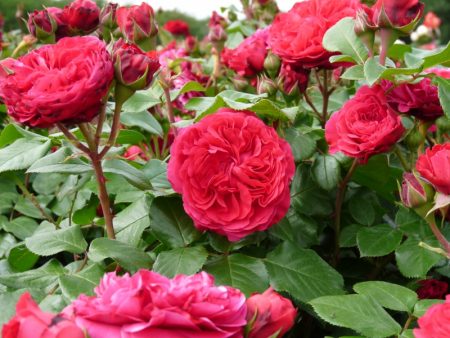
The resistance of roses to aphid attacks is manifested in the density of leaves. The coarser they are, the more difficult it is for insects to bite them, which means that the plant is safe. These are mainly hybrid varieties of flower crops:
- Karina is a hybrid tea rose variety with pronounced pink petals. The leaves are dense, covered with a waxy coating. Shrubs are low up to 1 meter. Blooms several times a season;
- Fairy is a polyanthus rose that is resistant to aphid attacks. Small flowers, collected in a brush;
- "Leonardo da Vinci" - an abundantly flowering variety of hybrid roses. Leaflets are dense and rough. Bushes grow tall and loose. Terry flowers, small size, 7-10 centimeters in diameter.
Rose Aphid Prevention Tips
Compliance with the uncomplicated recommendations for care will protect the flower culture from aphids:
- Follow the constant care of roses. Remove weeds from the flower garden in time, inspect the plant for pests.
- Plant nearby plants that emit strong odors that are unpleasant for aphids. These include: mustard, dill, marigolds.
- Do not wait for pests to settle on flower bushes; perform preventive spraying with folk remedies.
- In time, destroy the colony of ants that bring aphids to the site.
Reviews
Tamara Andreevna, 40 years old, Krasnodar Territory
The rosary is my joy. Several years ago, I first encountered the appearance of aphids on my roses. In order not to injure plants, she used folk methods to destroy pests. Very well helped the infusion of tomato tops.He is preparing simply. Grind about two kilograms of tops and pour a bucket of water. Insist for 6-8 hours. Then, strain the mixture and spray the roses. The procedure was repeated every week until the aphid completely died.
Marina Alekseevna, 60 years old, Rostov Region
Roses and other flowers are my weakness. Each corner in the courtyard is lined with different flower cultures. Aphids appear extremely rarely, because in the spring I try to do preventive spraying with a soap solution. So that the aphid does not start, at least 4 sprayings should be carried out.
Roses will decorate every compound. To make them happy with their beauty, they need constant care. If you do not support basic agricultural measures, then pests and diseases begin to appear on plants. In addition to aphids on roses, more aggressive parasites can settle. Therefore, to prevent this, constantly take care of your favorite flower crops.

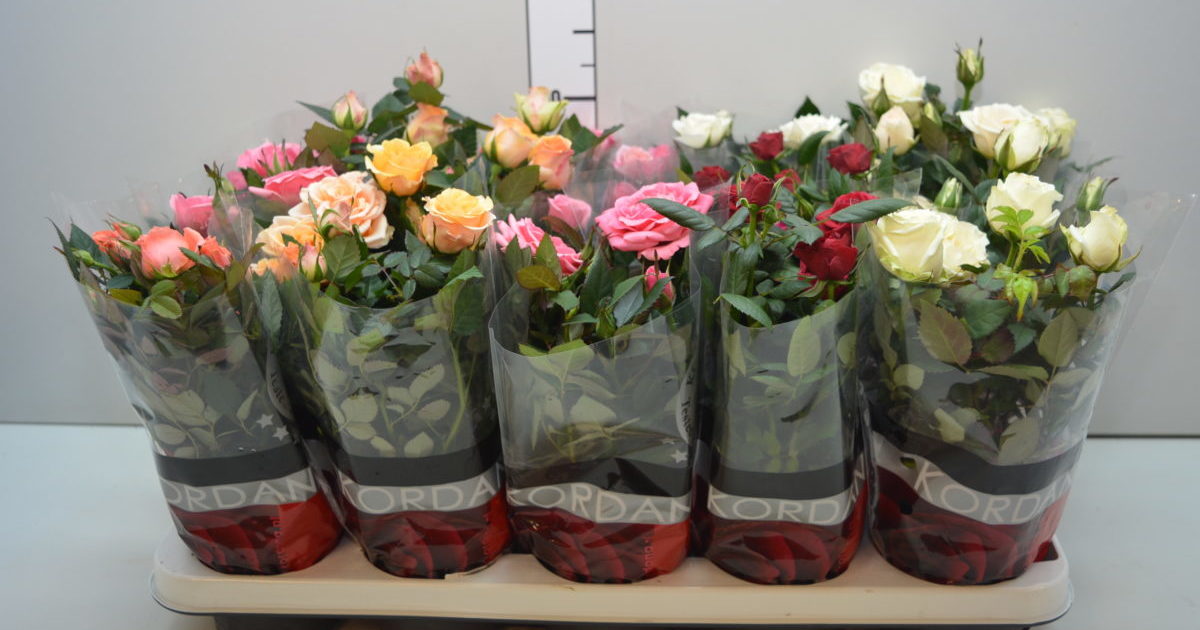
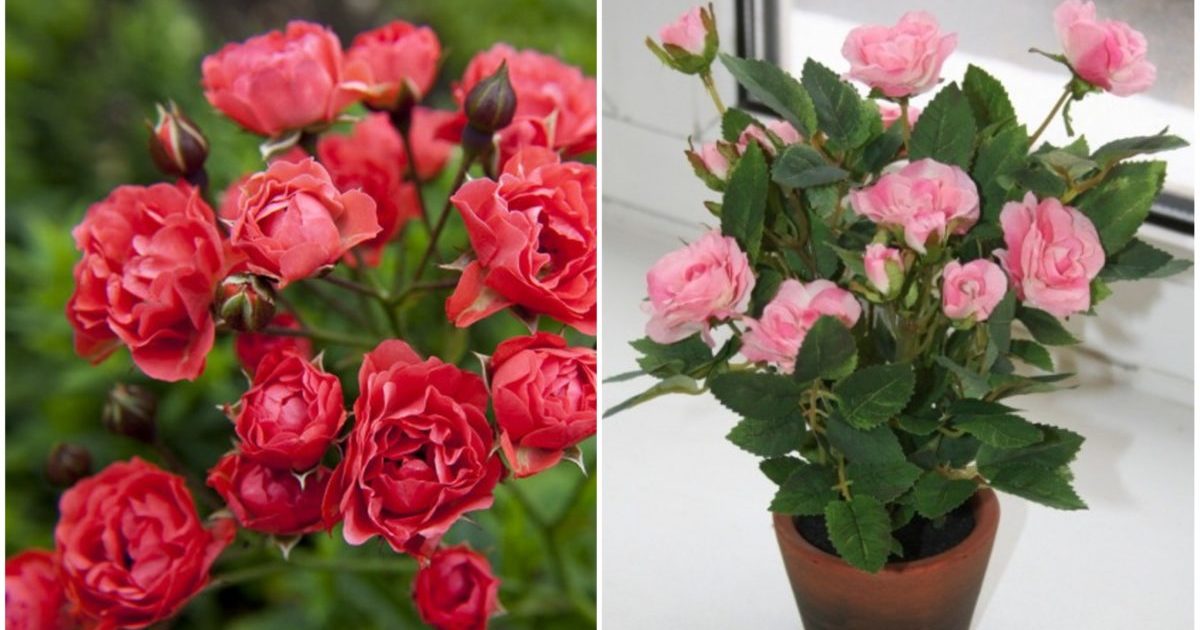
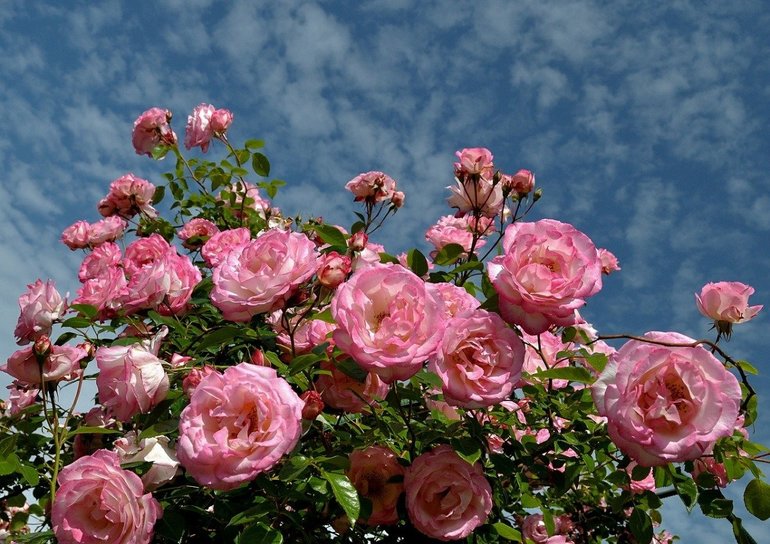
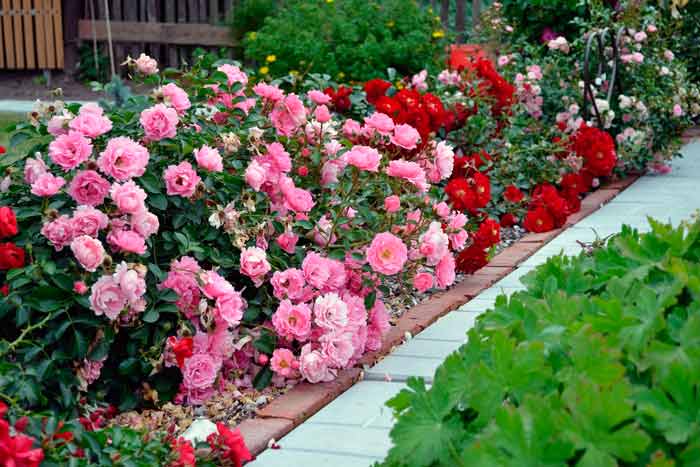 Shelter of roses for the winter: at what temperature does the robot hold
Shelter of roses for the winter: at what temperature does the robot hold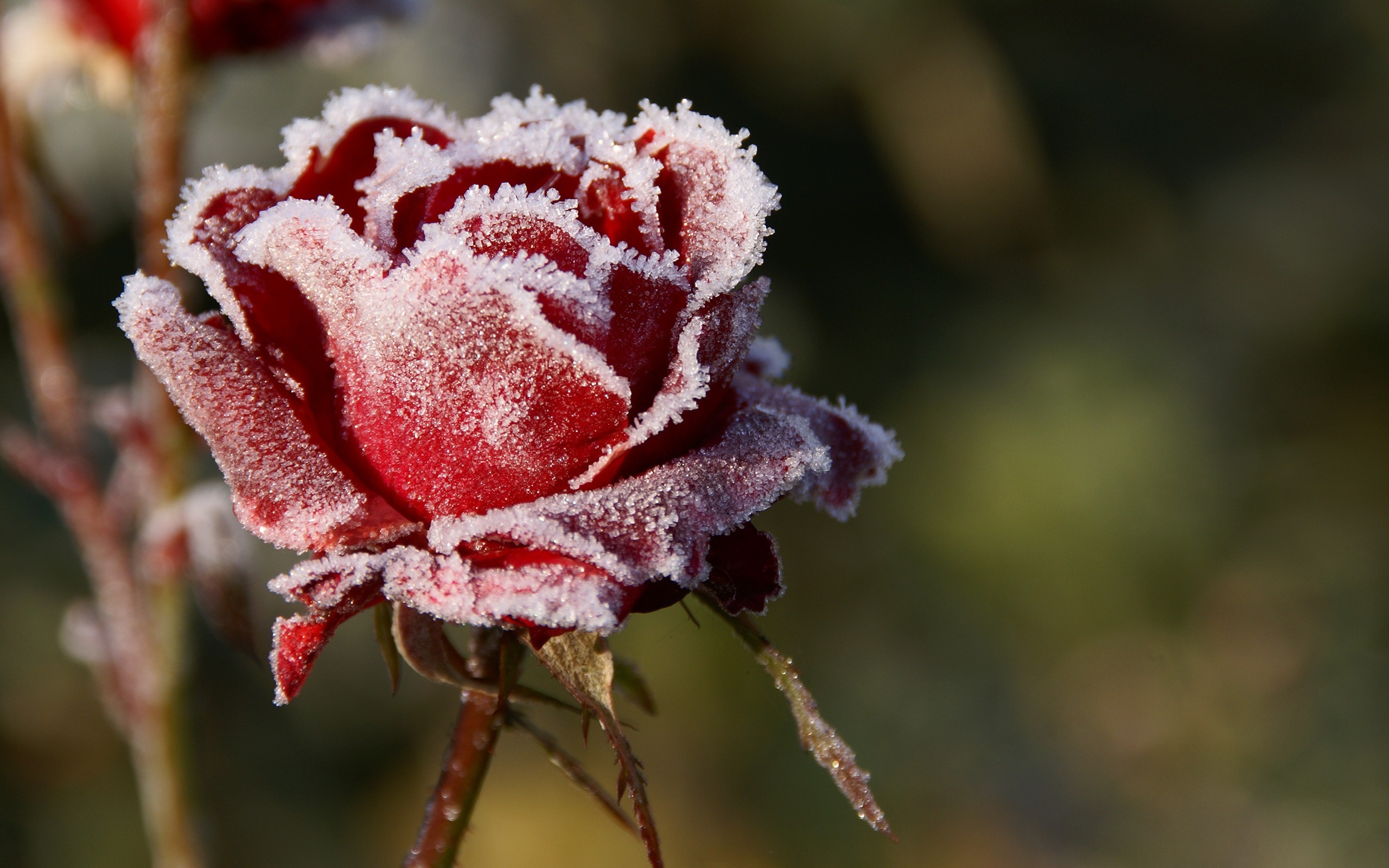 How to prune roses in the fall: timing, pruning rules, pros and cons
How to prune roses in the fall: timing, pruning rules, pros and cons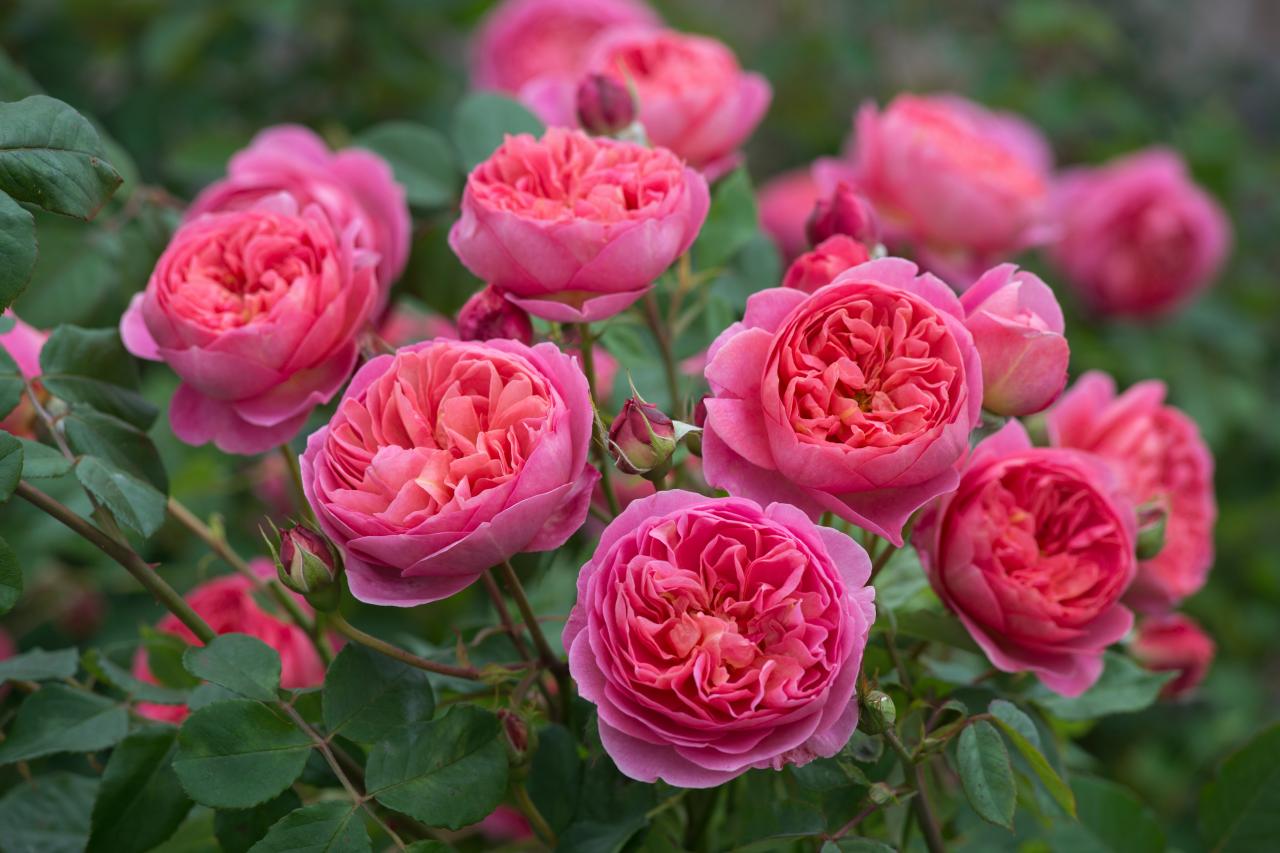 What are the varieties and types of roses
What are the varieties and types of roses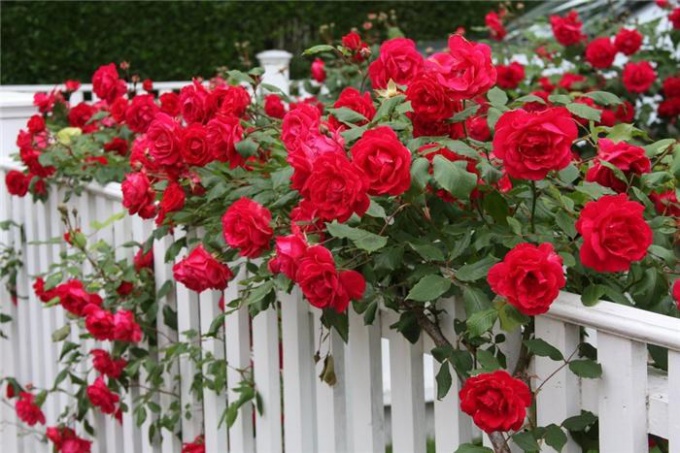 How to process roses with iron sulfate in autumn: proportions, advantages and disadvantages
How to process roses with iron sulfate in autumn: proportions, advantages and disadvantages